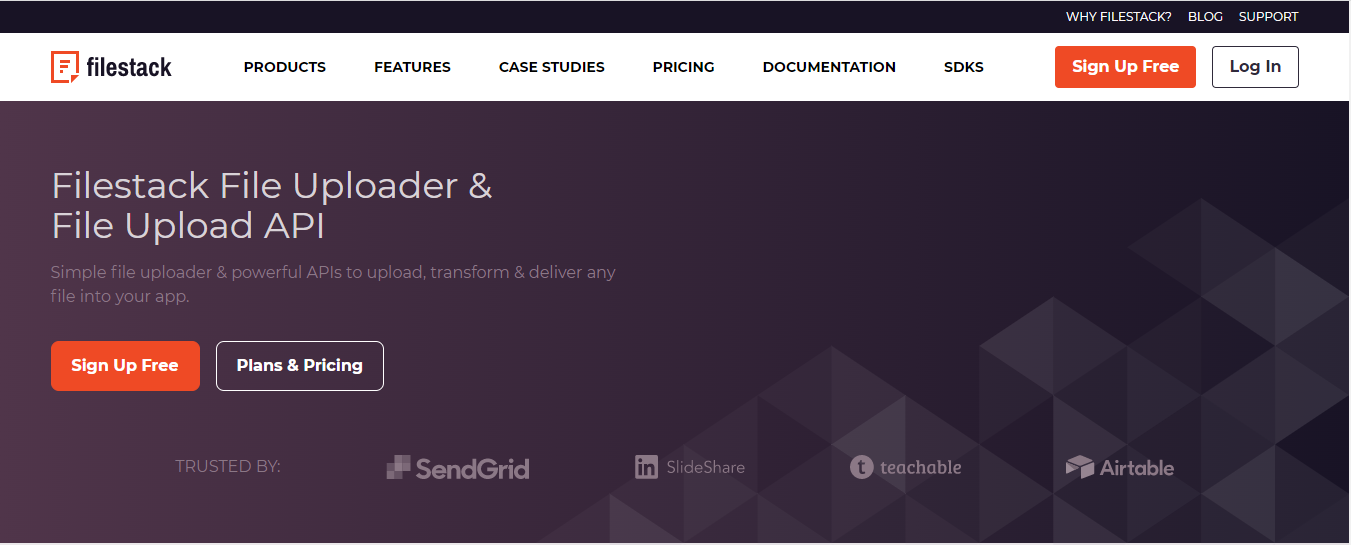Every website these days requires image uploading. Furthermore, developers achieve image uploading through an image hosting API. But how do we improve the performance of an image hosting API? It is what we will explore in this article. Making an image website work really well is super important to make it easy for people to use and to save money.
We’ll also talk a lot about how to make image websites work better and what things can make them work not so great. By the end of this article, you will gain insights on how to enhance your image hosting API for a better user experience. So, developers, what are you waiting for? Let’s continue reading this article until the end.

What is performance benchmarking?
Performance benchmarking is like checking how well something works and how good it is at doing its job. Moreover, the best way to do this is by comparing the system to other similar systems.
Since we are discussing image hosting APIs, performance benchmarking helps us analyze and measure various API functionalities. It includes multiple functions such as resource utilization, throughput, and response times.
Also, by doing performance tests, we can find the spots where image websites get stuck or need to be made better.
What is the importance of API performance in image hosting?
Before we explore the optimization of an image hosting API, it’s important to understand why we should do it. Three main factors make it crucial to optimize image hosting API performance:
The reliability and speed of your image hosting API directly impact user experience. For a business website, poor user experience can lead to losing customers. Furthermore, slow API response times and downtime can frustrate users and drive them away. To prevent these issues, it’s essential to ensure that your image hosting API performance is optimized.
Website load speed is considered a major ranking factor in SEO. If your API doesn’t perform fast and efficiently, it can affect your website’s traffic and ranking. Optimizing the image hosting API can boost your website’s search engine ranking, leading to more organic traffic.
Efficient image hosting APIs reduce operational costs by optimizing resource usage. If your API has better performance, it will require fewer servers to handle the load, resulting in cost savings.
Filestack Image Hosting API
An image hosting API is a toolkit that helps you add image hosting features to your website or applications. Also, it lets people put up, save, change, and send pictures in a regular way. One of the most popular image hosting APIs is Filestack.
Filestack‘s image hosting API is a reliable tool that simplifies file and image management for developers. Moreover, it offers various functionalities and features to streamline file handling. Some key features of Filestack’s image hosting API include:
- Customizable integration
- Organized, drag-and-drop, and globbed uploads
- Reliable service
- Different upload methods
- Elegant user interfaces
- Efficient multi-part upload
To use Filestack’s image hosting API, you can follow these steps:
- Visit the Filestack website and create an account.
- Once you’ve created an account, obtain an API key. You can navigate to the dashboard and get the API key.
- Copy the API key.
- Put the API key into your app. The cool part is that you can easily use Filestack’s image hosting API in your app with only two lines of code, and it’s easy for developers to use.
<script src="//static.filestackapi.com/filestack-js/3.x.x/filestack.min.js"></script>
const client = filestack.init(YOUR_API_KEY);
client.picker().open();What are the factors affecting image hosting performance?
Here are some major factors that affect image hosting performance.
Bandwidth and data transfer rates
The speed of uploading and delivering the images depends on the available bandwidth and data transfer rates. At this point, we need to use a CDN, and it can help us enhance the data transfer rates. Moreover, it works by improving global content delivery and reducing latency.
Server response times
It is important to note that we need to have a faster server response time to achieve a smooth user experience. Some of the techniques that help us reduce response times are:
- Load balancing,
- Server-side scripting,
- Effective caching.
Image compression and format optimization
It is interesting to note that the format and size of images also play a crucial role in faster load times. Besides, we need to optimize images for the web through compression. Moreover, we have to select appropriate formats such as PNG, JPEG, and WebP.
Scalability and load balancing
It is important to achieve a scalable structure for load balancing. Moreover, it helps us distribute requests properly. Hence, we can prevent the overloading of specific servers.
User experience and latency
To improve user experience, content delivery networks play a significant role. At the same time, we also need to use efficient server locations and edge computing. Moreover, it can help us reduce the time for an image to load. Hence, this factor can be critical in retaining users.
Image Hosting API: Conclusion
We have explored that image API performance optimization can be a continuous journey. It involves multiple stages, such as adjusting elements, monitoring, meticulous testing, and other methods. Moreover, these techniques help our API consistently deliver a reliable and fast service. Moreover, cost efficiency, rankings, SEO, and user experience all depend on the performance of our image hosting API. Hence, we can make it a pivotal element in our digital ecosystem.
Image Hosting API: FAQs
Can an API serve images?
Yes. We can serve and upload images on our website through Filestack API.
Is Cloudinary an API?
Cloudinary is an image-hosting API that works like Filestack. However, Filestack comes with advanced features.
What is an image API?
An image API helps us upload, manage, and deliver images on our website or application.
Is Filestack API Free?
Filestack offers both free and paid plans. However, the free plan comes with some limitations. You may need to upgrade to a paid plan when you need advanced features.
Sign up for free today and elevate the image hosting journey with Filestack.
Ayesha Zahra is a Geo Informatics Engineer with hands-on experience in web development (both frontend & backend). Also, she is a technical writer, a passionate programmer, and a video editor. She is always looking for opportunities to excel in her skills & build a strong career.
Read More →




